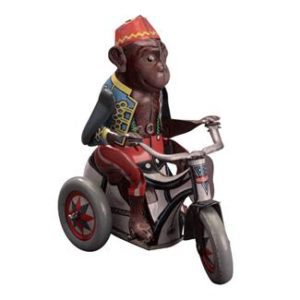
Question 1: You are given $1000 cash and have to choose one of the two options below, which would you choose?
Option 1 (Take a Risk) – Flip a coin. If its heads you get $1000 more and if its tails you get $0 more
Option 2 (Play it Safe) – You automatically get an extra $500
Question 2 – You are given $2000 cash and have to choose one of the two options below, which would you choose?
Option 1 (Take a Risk) – Flip a coin. If its heads you lose $1000 and if its tails you lose $0
Option 2 (Play it Safe) – You automatically lose $500
What option did you choose in each question? For Question 1 the majority of people chose Option 2 to play it safe and take the garanteed gain of $500. However, for Question 2 the majority of people chose Option 1 to take a risk of losing more in order to have of a chance of not losing anything.
The funny thing about the the study is that each question actually has the same possible outcome . Both questions give a 50/50 chance in Option 1 to end up with either $1000 or $2000 and Option 2 always guarantees $1500. So why did the majority of people switch their answer to take more risk in Questions 2 when the outcome is the same as Question 1?
It all has to do with how the question or situation is framed. When a situation is dealing with a potential gain (Question 1) people tend to “Play it Safe”, however when a situation is dealing with potential loss (Question 2) people tend to “Take a Risk”.
This made me think how insurance is more like Question 2 because nothing can be gained by buying insurance. You either pay a premium and never use it (loss) or you use the insurance and it puts you back to the same position before the loss (no gain). The more important insurance implication is that people may be taking more risk without knowing it by either not buying insurance or not buying enough insurance. They look at insurance like Question 2 and tend to react using the Option 2 mindset of taking more risk in order to avoid an immediate financial loss (paying a premium).
Overall, I am not suggesting that you should handle risk by purchasing insurance for everything. However, when dealing with an insurance decision or any other loss situation, beaware that loss aversion part of your brain could be influencing your decision.
So why did I reference monkey’s in the blog title? The study found that monkeys behave the same why as humans when they were presented with the same two questions but I’m not attempting to explain that one! View the entire presentation here “A Monkey Economy As Irrational As Ours” by Laure Santos.
